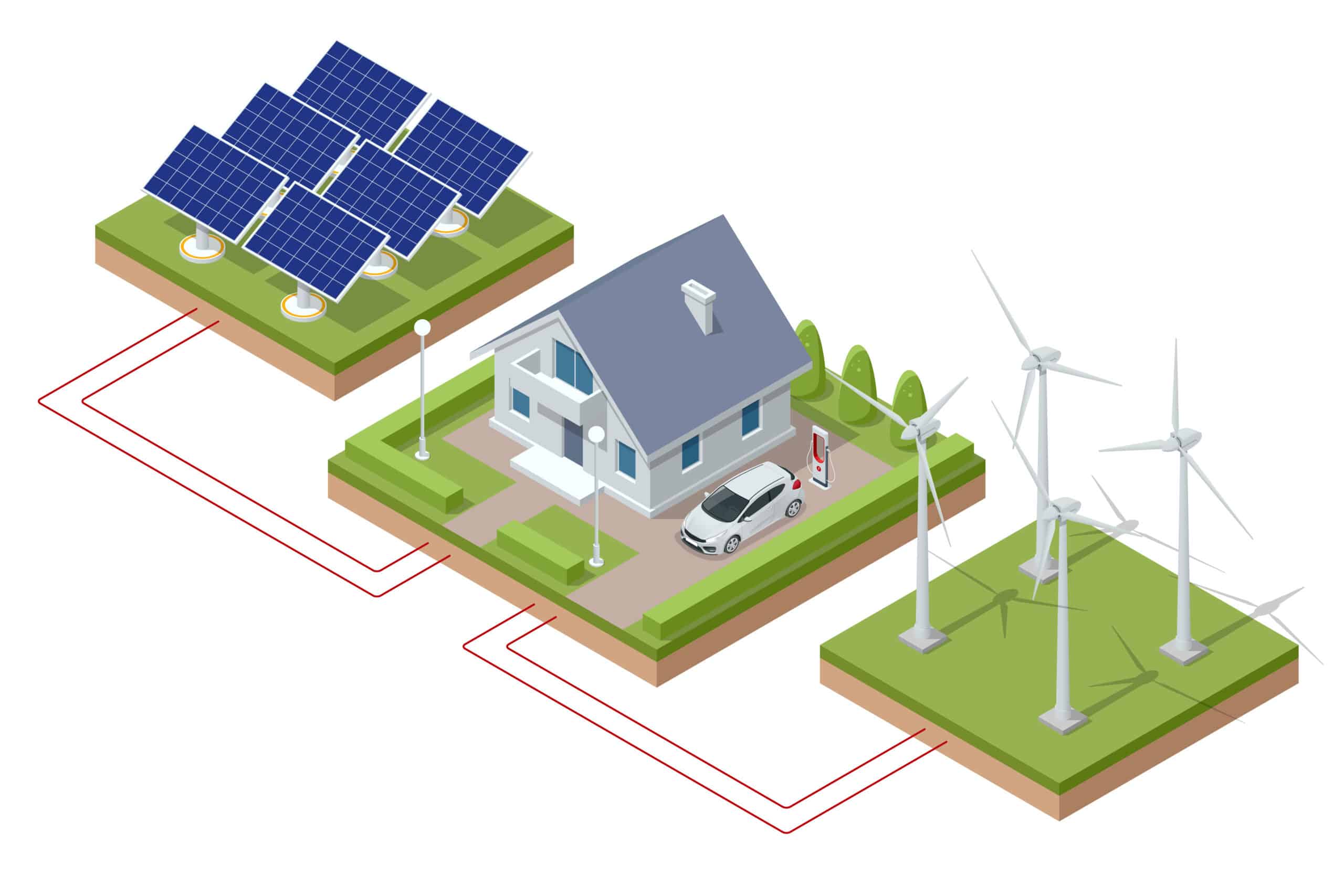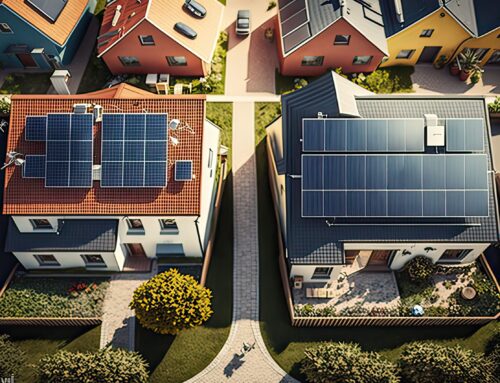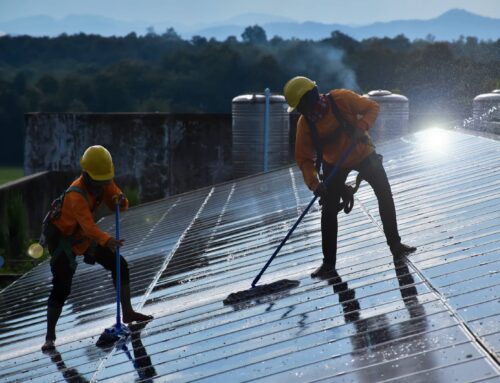Solar energy has become increasingly popular in the last decade but many still don’t know how solar energy works. How can solar energy power your home? What if it’s cloudy? Will it work if it snows? Knowing how solar works can be very beneficial to you especially if you are considering it for your home.
Solar Collectors:
Solar electric collectors convert solar radiation directly to electricity, which may be used immediately, stored in batteries, or sent to the electric grid. In the latter case, the homeowner receives credit for what is produced, thereby lowering his electric bill. In effect, the utility company serves as storage for electricity that’s produced during periods of the day when you don’t need it. The grid is also there as a backup for cloudy periods, when you aren’t producing much solar electricity.
Thermal collectors convert solar energy to heat. Radiation strikes the absorber plate, and heat is drawn away by liquid or air. Provisions must be made to deal with the overheating of liquid-cooled systems, when there is no demand for heat. If water is used, provisions for freezing must be made. The heat may be used immediately or stored for later use. In solar hot water heating systems, a tank stores the hot water. In the case of swimming pools, the pool acts as the storage tank.
Solar Heating:
In solar space heating, the heat may be stored in large tanks of water or in some type of masonry, including bins filled with stone. The heated air can be distributed to various rooms by ducts or pipes in much the same way as conventional heating systems.
In general, domestic hot water heating and swimming pool heating applications have the shortest paybacks (5 to 7 years) and require the smallest investments ($3,000 to $10,000 before incentives). Installations cost less in climates where freezing temperatures are not an issue. Solar electricity installations that would satisfy a significant portion of your electrical needs require much larger investments, although component costs have dropped in recent years. If done during construction, costs are significantly lower.
Leasing programs, if available in your area, also dramatically reduce the cost of installing a system. Solar space heating also requires a large investment, unless you simply want to warm up one or two rooms on the south side of your house.
Regardless of what type of solar system you’re contemplating, begin conserving energy now. It costs a lot less to turn off lights, take shorter showers, and insulate the attic and walls than it does to install an array of solar collectors!





